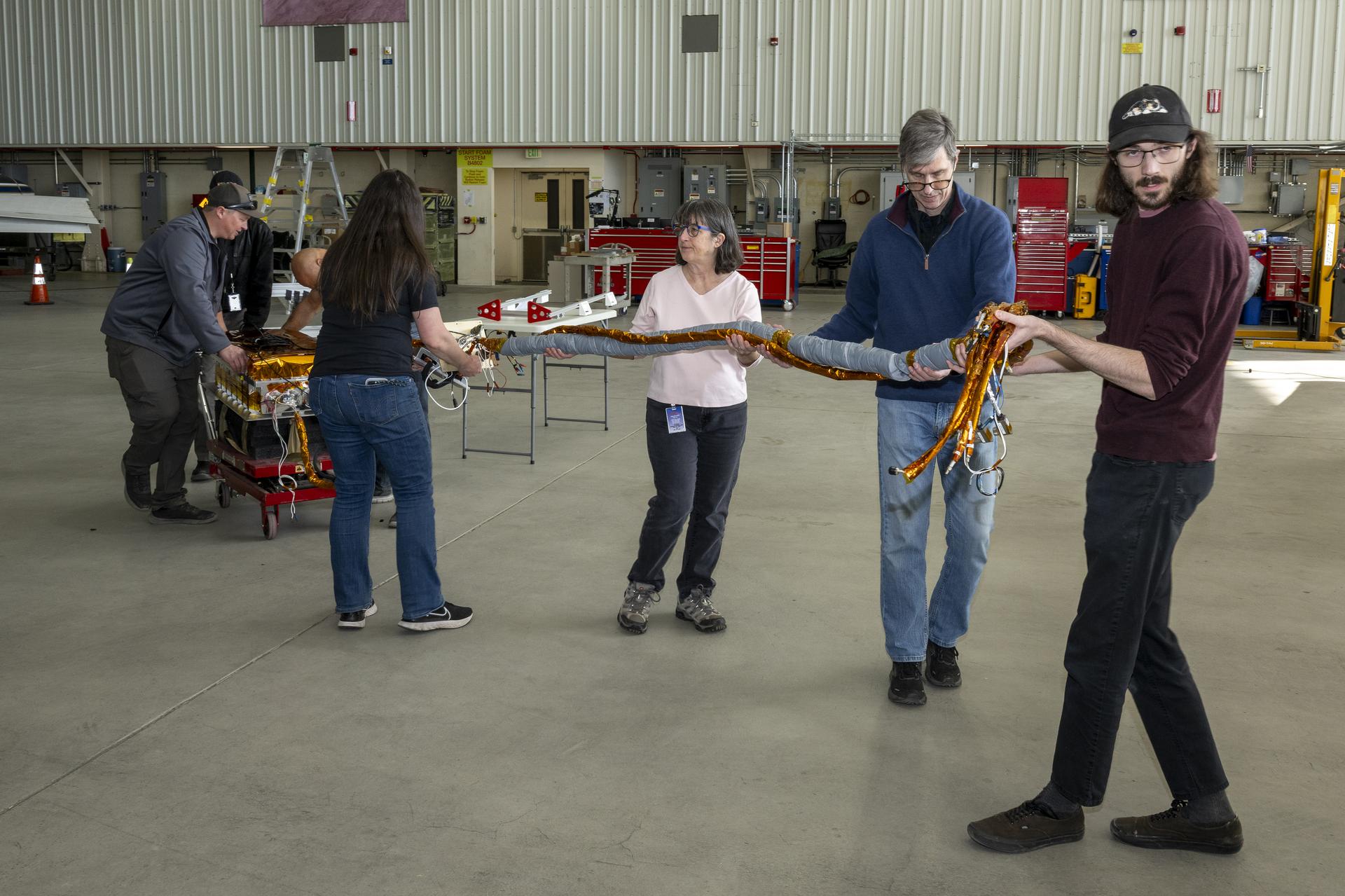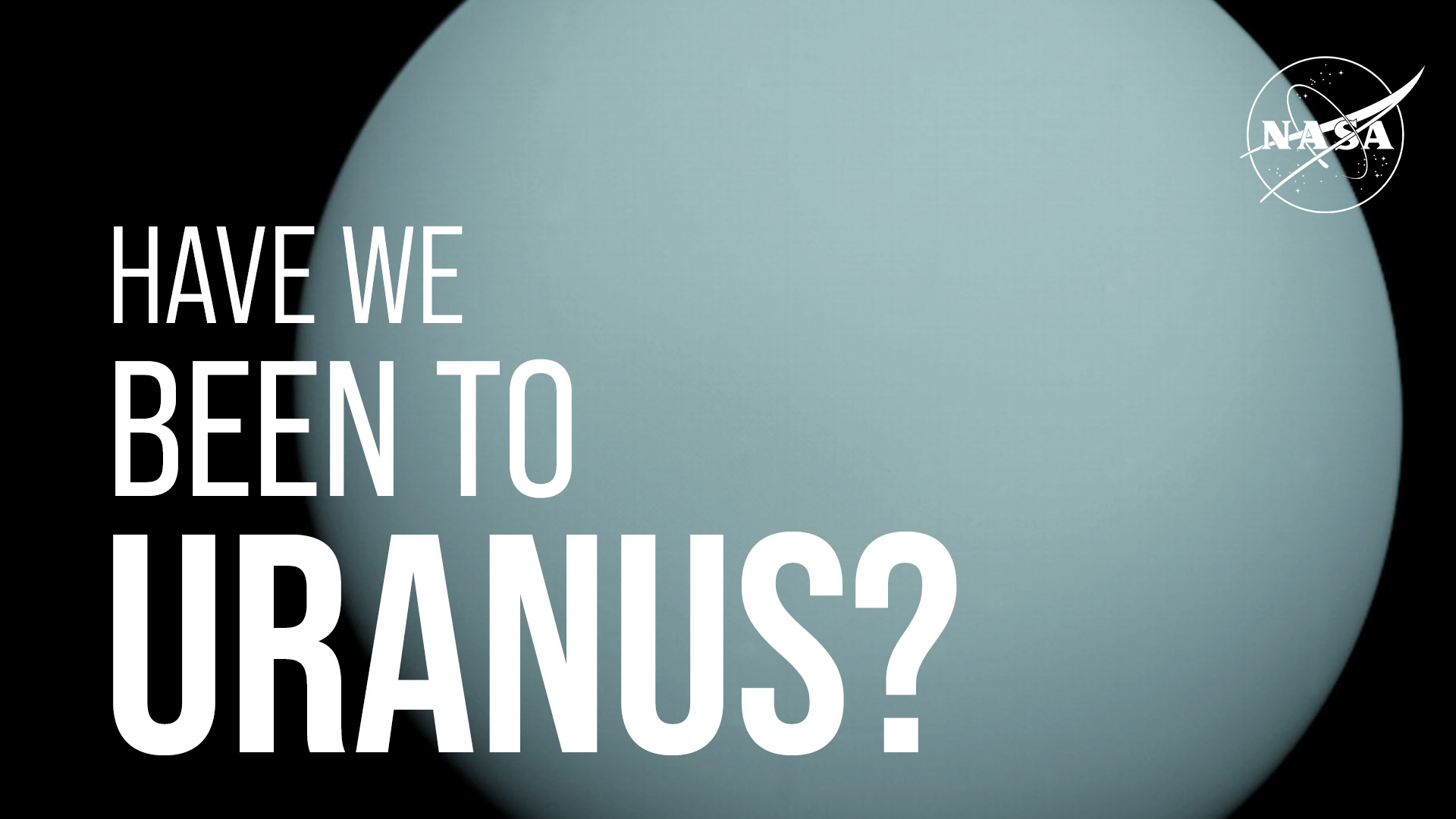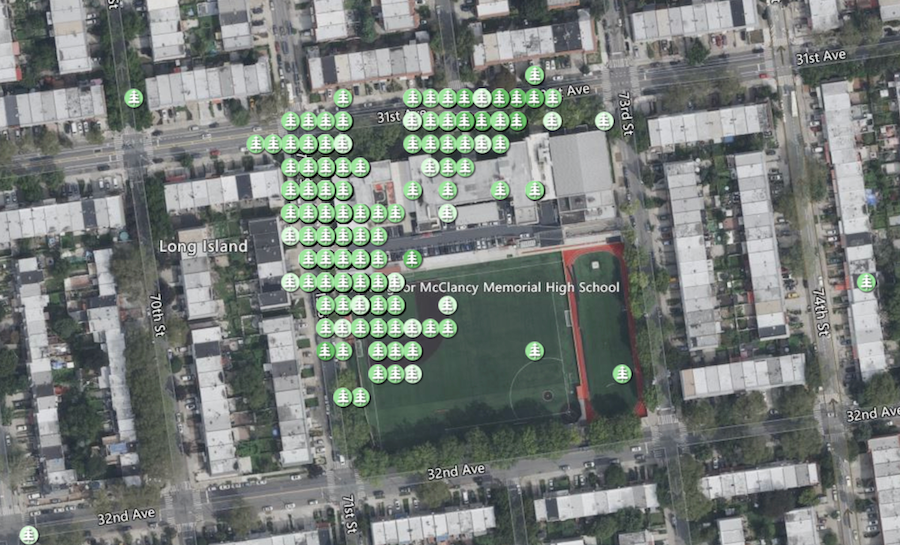Now Reading: NASA Studies Moonlight to Enhance Earth Monitoring
-
01
NASA Studies Moonlight to Enhance Earth Monitoring
NASA Studies Moonlight to Enhance Earth Monitoring

Quick Summary
- NASA conducted groundbreaking night flights in March 2025 using its ER-2 science aircraft at Armstrong Flight Research Center, California.
- The Airborne Lunar Spectral Irradiance (air-LUSI) mission measured sunlight reflected by the Moon at various wavelengths to use the Moon as a calibration tool for Earth-observing satellites.
- Data from the air-LUSI project is considered the most accurate measurements of moonlight ever made and enhances satellite precision for tracking weather patterns, vegetation growth, and ocean conditions.
- The ER-2 aircraft flies in the stratosphere, above 95% of atmospheric interference, enabling highly precise data collection at nearly 70,000 feet altitude.
- Improved calibration methods may reduce costs by eliminating some onboard satellite reference devices while enhancing Earth observation systems’ accuracy.
- The project involved collaboration between NASA teams along wiht experts from NIST, US Geological Survey, University of Maryland baltimore County (UMBC), and McMaster University in Canada.
- McMaster’s HAAMR telescope mount was integrated onto ER-2 for lunar tracking during flights in March 2025.
Indian Opinion Analysis
The air-LUSI mission demonstrates how cutting-edge innovation can recalibrate observational tools to improve our understanding of key planetary processes like weather systems and ecological changes-crucial areas given India’s vulnerability to climate impacts such as monsoonal shifts and rising sea levels. Accurate satellite data could refine India’s disaster preparedness strategies while aiding agricultural planning informed by robust weather forecasting models.
Additionally, international collaboration among institutions from countries like Canada exemplifies how advanced research fosters global problem-solving capabilities that benefit all nations facing environmental challenges-including India. Reduction in operational costs through improved calibration methods could lower entry barriers for emerging economies like India considering advancements into space technology or Earth observation missions.
By leveraging improved metrics inspired by such initiatives globally-whether through partnerships or integration-the indian space industry has an opportunity to enhance its satellite programs like ISRO’s EOS series further contributing toward lasting advancement goals regionally and worldwide.























